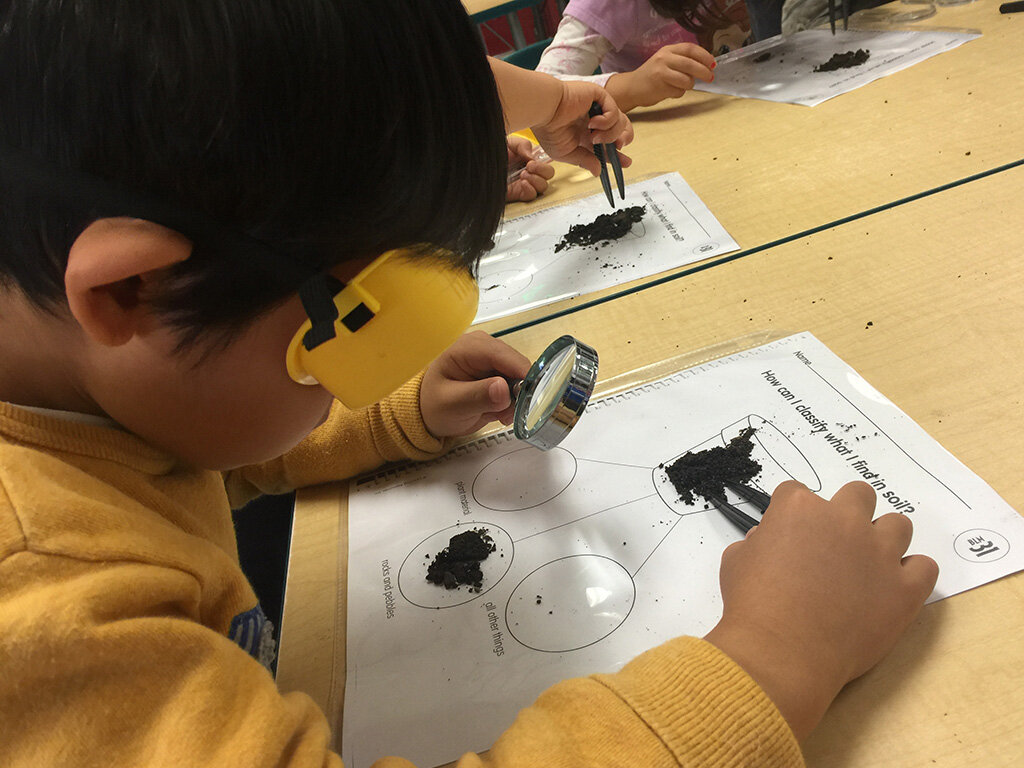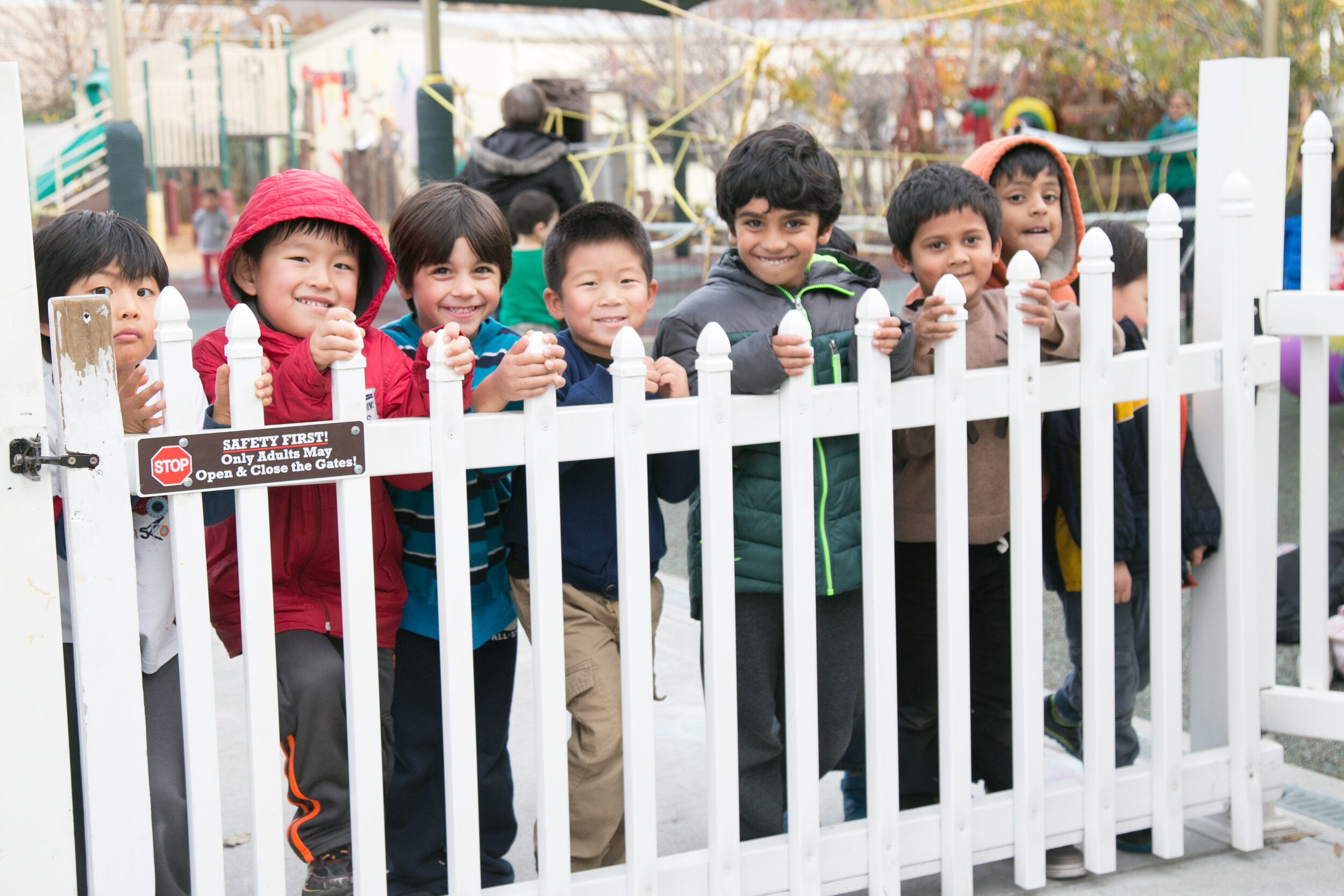












FIREFLIES:
AGES: Upper 3’s to entering 1st Grade
DAILY SCHEDULE FOR FIREFLIES FALL 2024
(Click image below to zoom in)
AGES & REQUIREMENTS:
Younger 4s to entering 1st Grade
POTTY TRAINING
Must be fully self-sufficient
RATIO
1:12
MAX
24 Students
SCHEDULE OPTIONS
5 DAYS (Monday-Friday):
Full-Time (7:30 am - 5:30 pm)
DESCRIPTION OF THE FIREFLIES PROGRAM
The Fireflies program is a combination of Pre-Kindergarten, Transitional-Kindergarten, and Kindergarten class. Most children will move on from this class to either Kindergarten or First grade. The Firefly program has a balance of small group discussions, large blocks of uninterrupted play, hands-on enrichment activities, and teacher-led time. Our small ability groups provide one-on-one attention and flexibility for a differentiated curriculum to help meet the needs of the students.
Every child grows in their own way and in their own time, yet by the time a child completes the Firefly-class they should demonstrate significant growth in the following areas:
Your Firefly learner will…
understand the love God has for them and that they can pray anytime and anywhere
arrive to school with a healthy attitude, confident and ready for the day
show appropriate approaches to learning and self-regulation
demonstrate their developed social-emotional understanding by respecting, engaging, communicating, and collaborating with peers
show persistence in inquiring to understand new concepts
think creatively and show their thinking in their creations
learn to appreciate and take care of the resources of the earth God provided
engage with fine and gross motor skills with ease
feel connected to their class
love coming to school!
PRE-K STUDENTS:
Children demonstrate understanding and application of literacy, math, and science concepts by explaining, comparing, discussing, and predicting in small and large groups
Children incorporate literacy in their play and projects
Children show persistence in inquiring to understand new concepts
Children think creatively and show their thinking in their creations
Children show comprehension of literature through their conversations, ideas, and play
TRANSITIONAL KINDERGARTEN STUDENTS:
Extends literacy activities by retelling a story, drawing pictures about a story, or acting out a story
Demonstrates understanding of how to follow print on a page of text
Blends and segments larger units of language
Demonstrates knowledge of all of the letters of the alphabet (upper and lower case) and corresponding sounds and uses letters or clearly recognizable approximations of letters to write their own name
Shows understanding of simple math operations, measurement concepts, the complexity of patterning, and characteristics of shapes
Contributes to planning and carries out detailed observations and complex investigations to answer questions of interest
Understands the concepts in scientific inquiry, physical science, life science, and earth science
KINDERGARTEN STUDENTS:
Engages in independent and shared book reading and demonstrates an understanding of a detailed informational and narrative text by asking or answering questions to monitor own comprehension
Demonstrates understanding of print material and simple concepts of grammar.
Isolates the initial sound, middle vowel, and final sound in three-phoneme words
Assembles or splits apart words to make new words and identifies both short vowel sounds and long vowel sounds for most vowels.
Writes and composes brief paragraphs that describe an experience
Sorts objects to gather and organize information compares the groups of objects and interprets the information
Mastered basic concepts of simple math operations, measurement concepts, the complexity of patterning, and characteristics of shapes
Conducts systematic observations and investigations to collect data that provide evidence to answer specific questions on scientific topics
Applies the concepts in scientific inquiry, physical science, life science, and earth science

